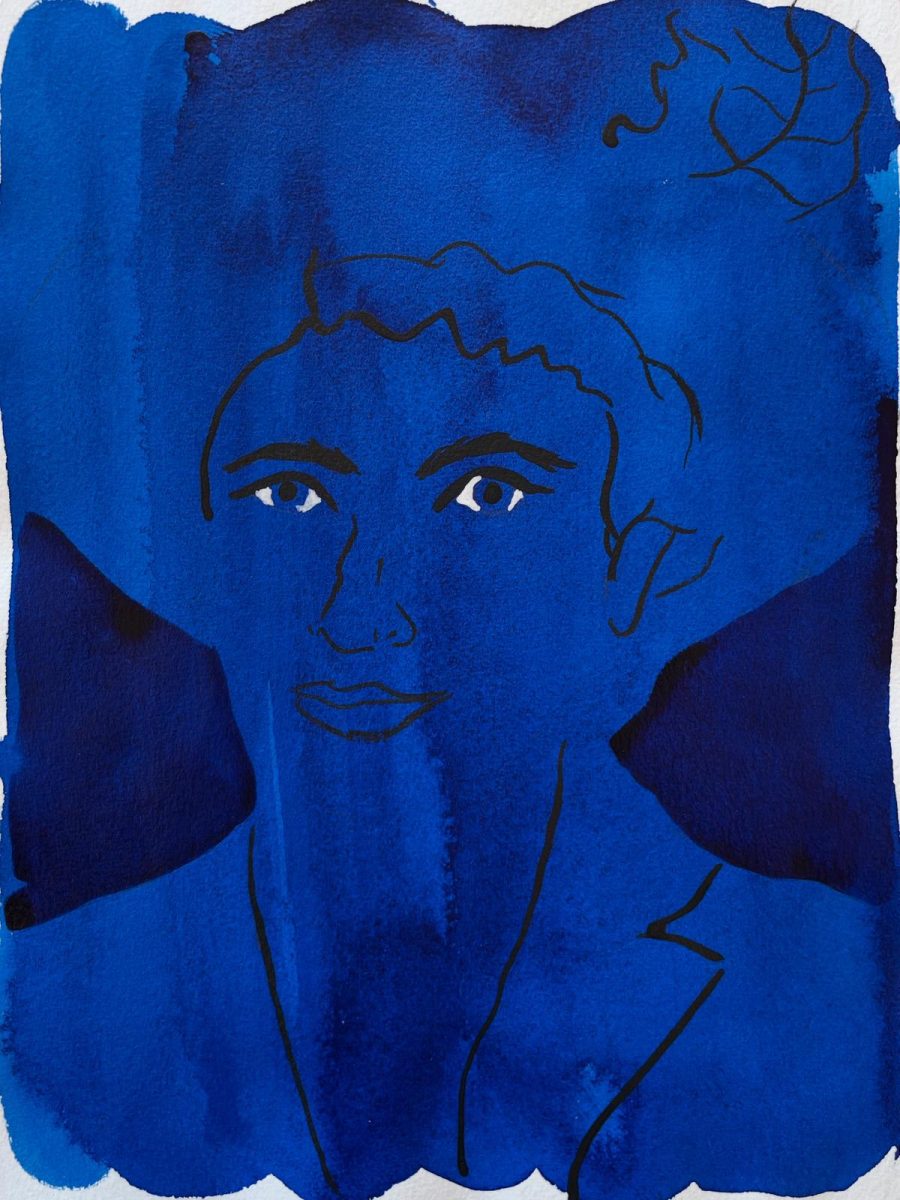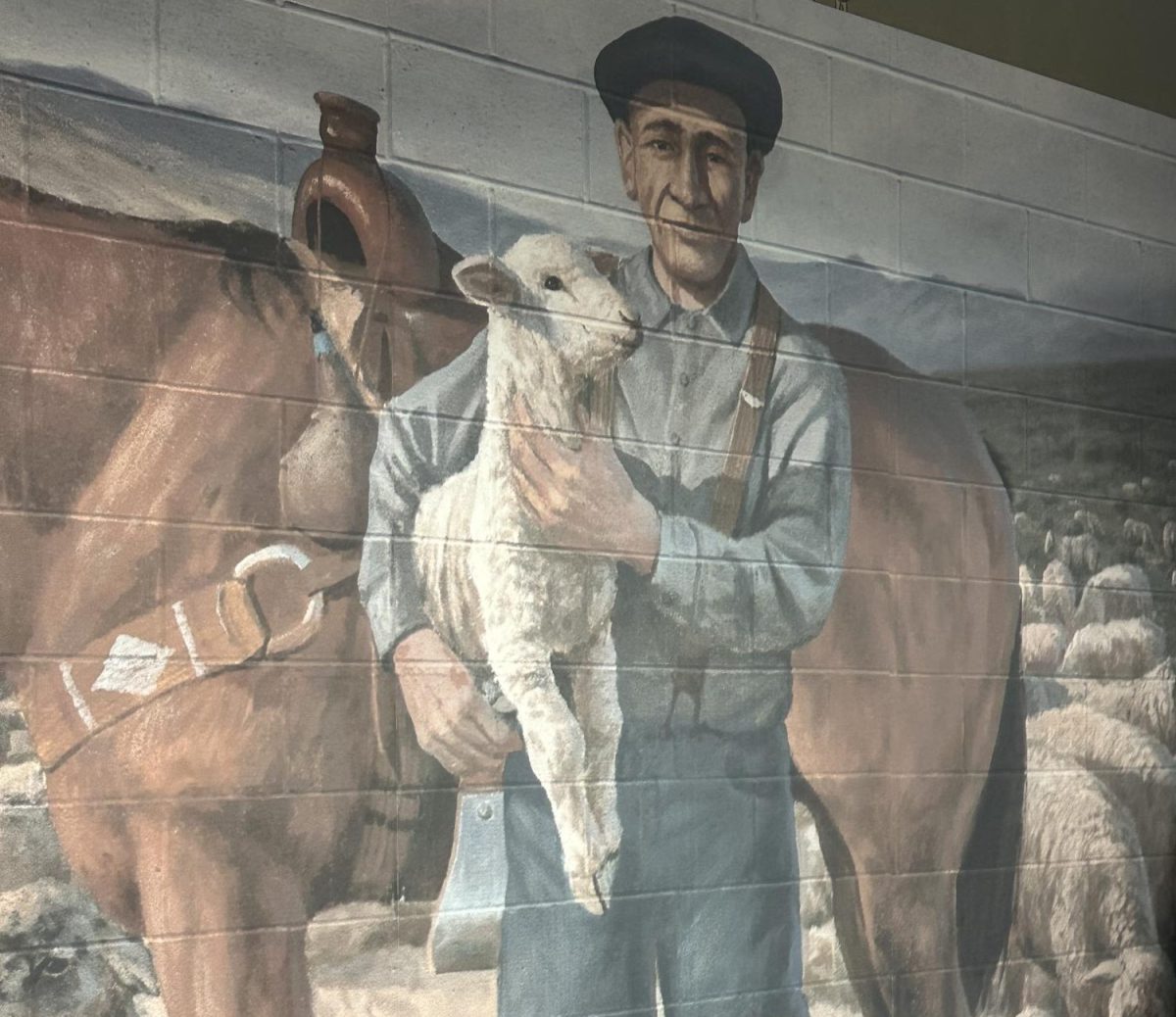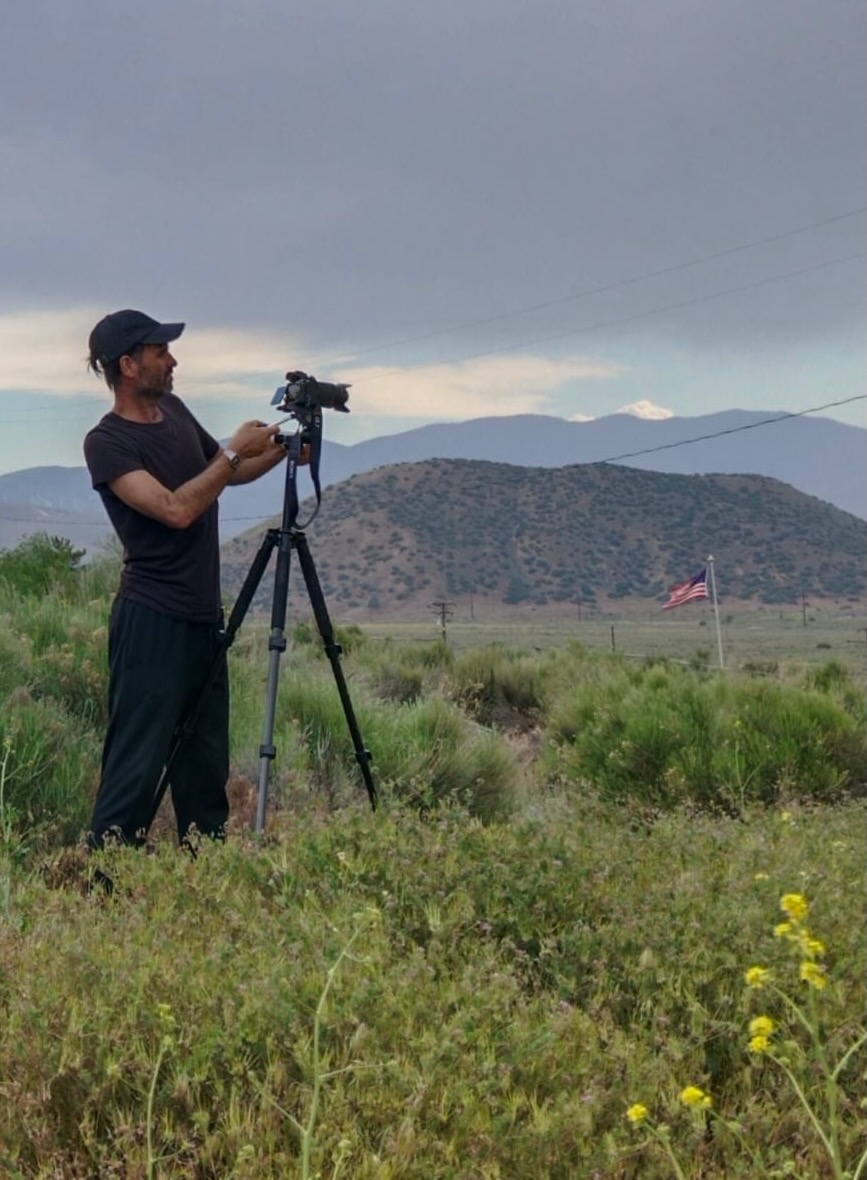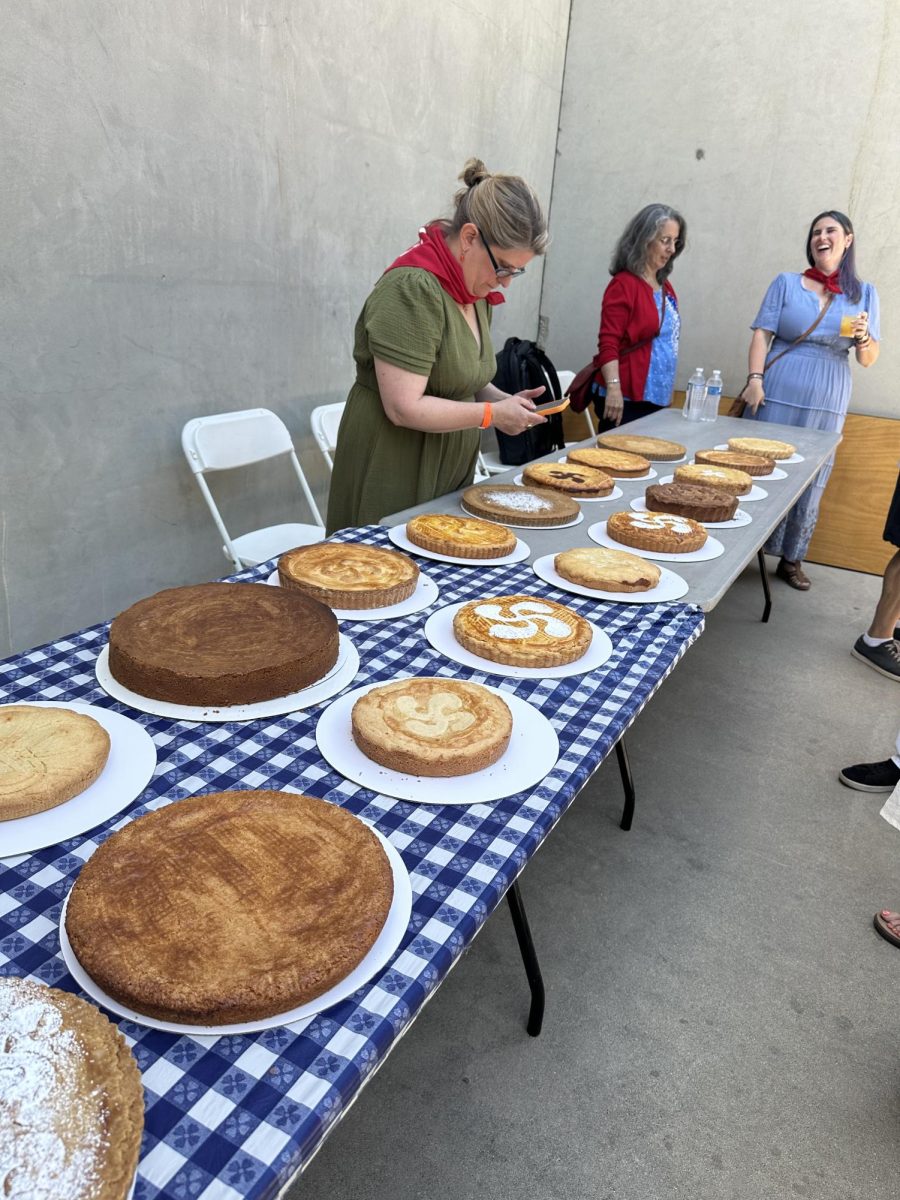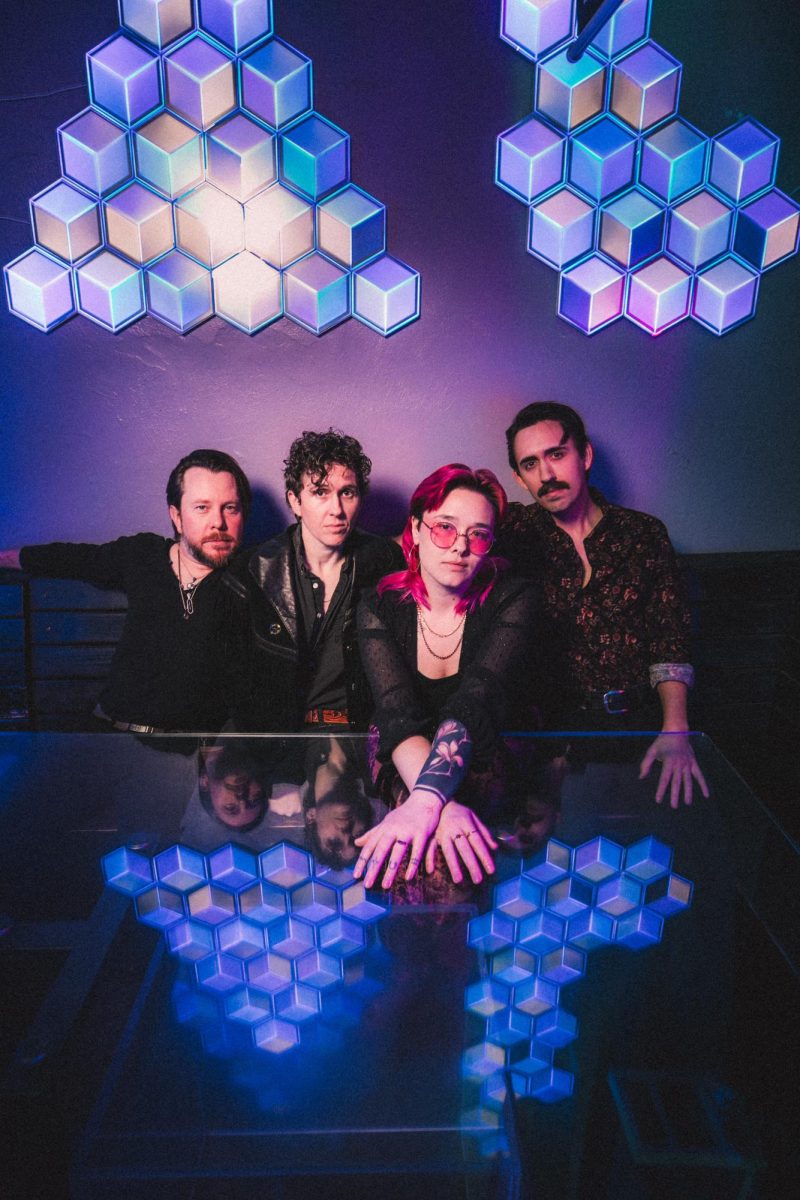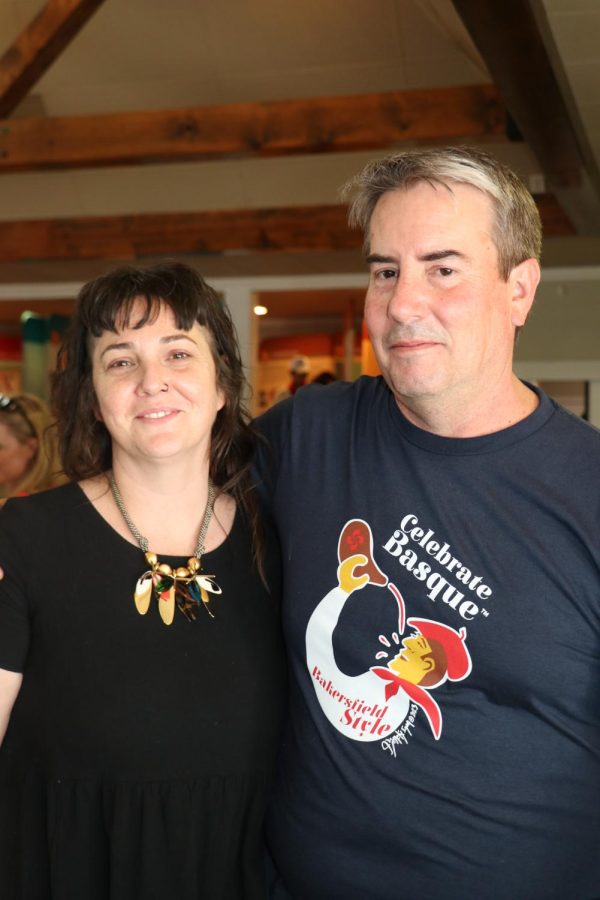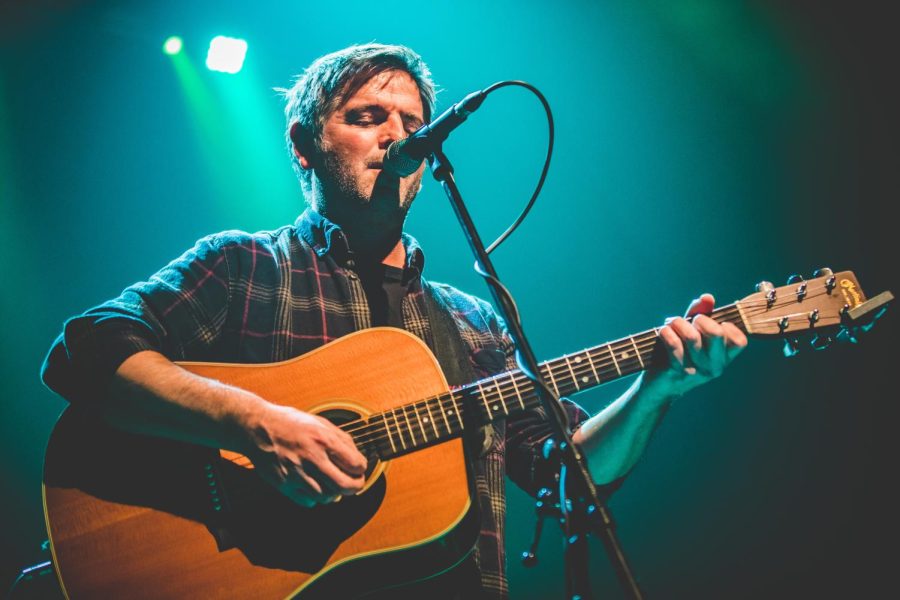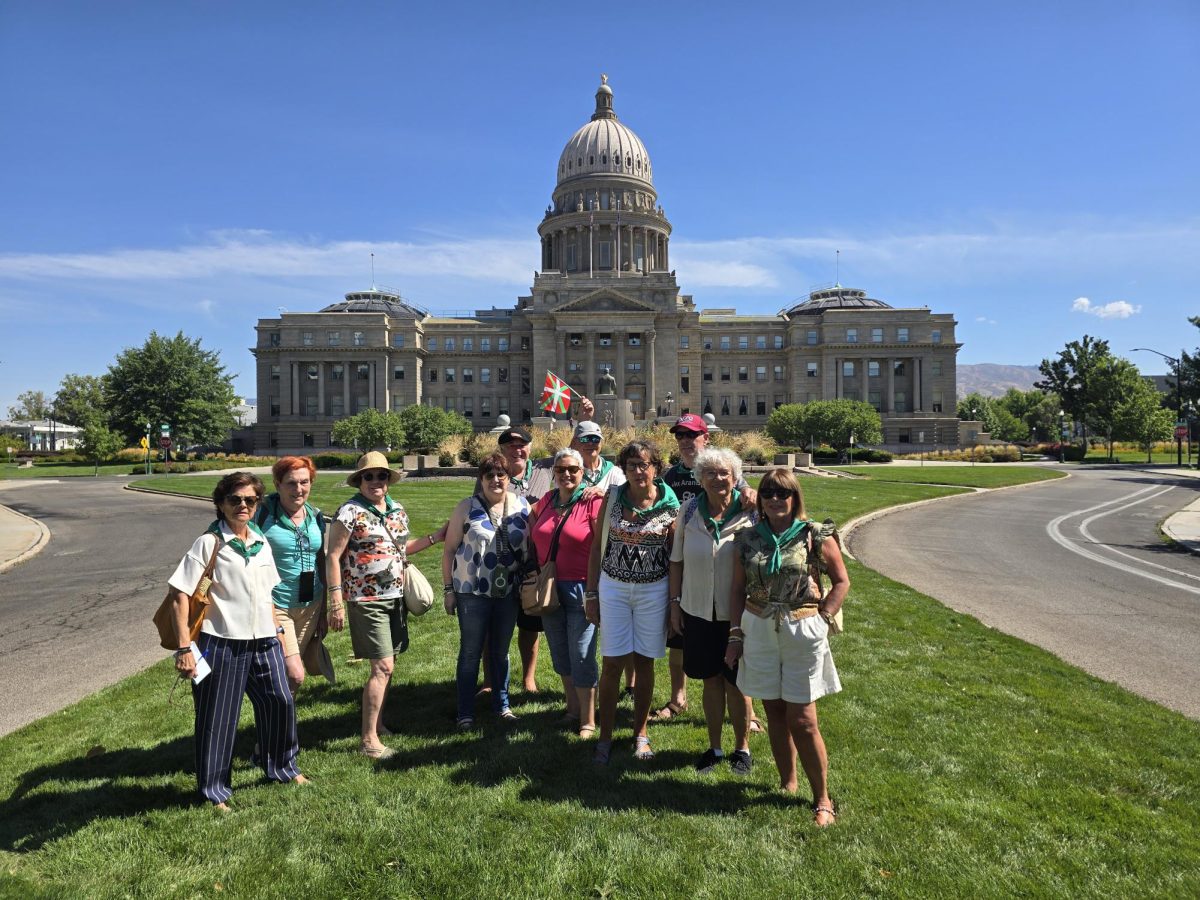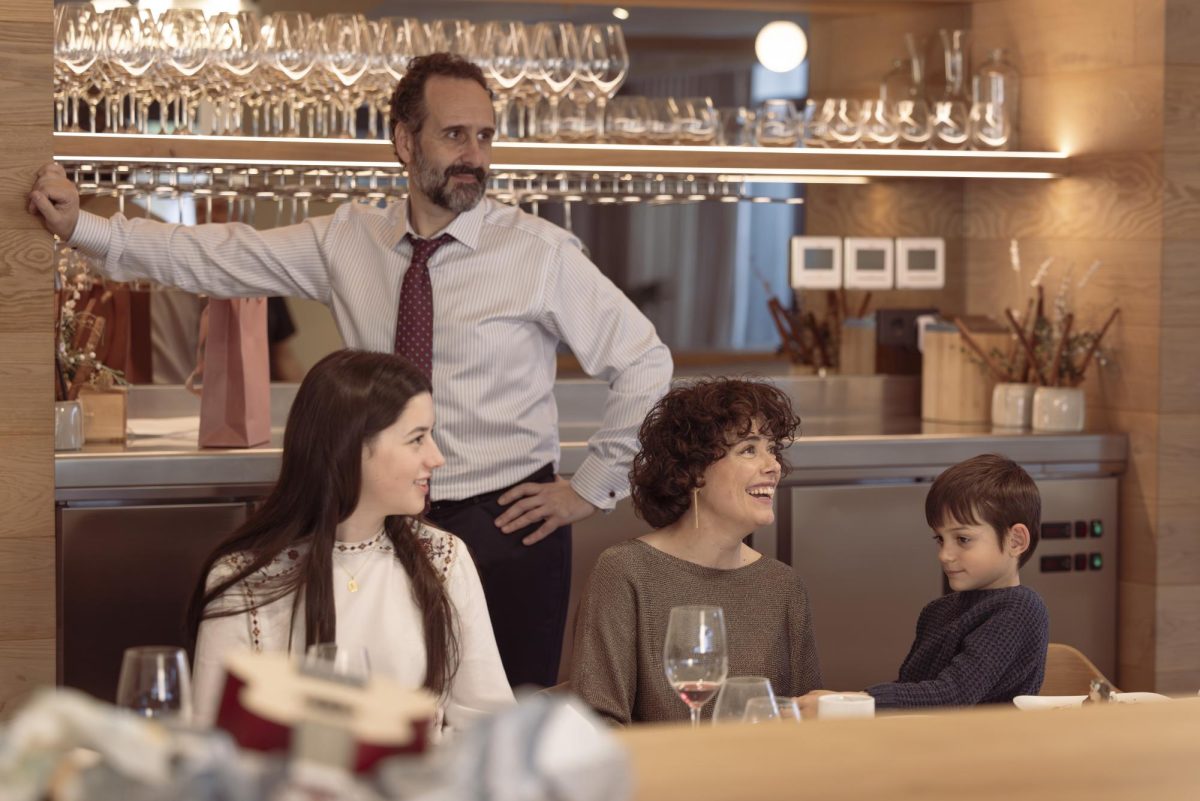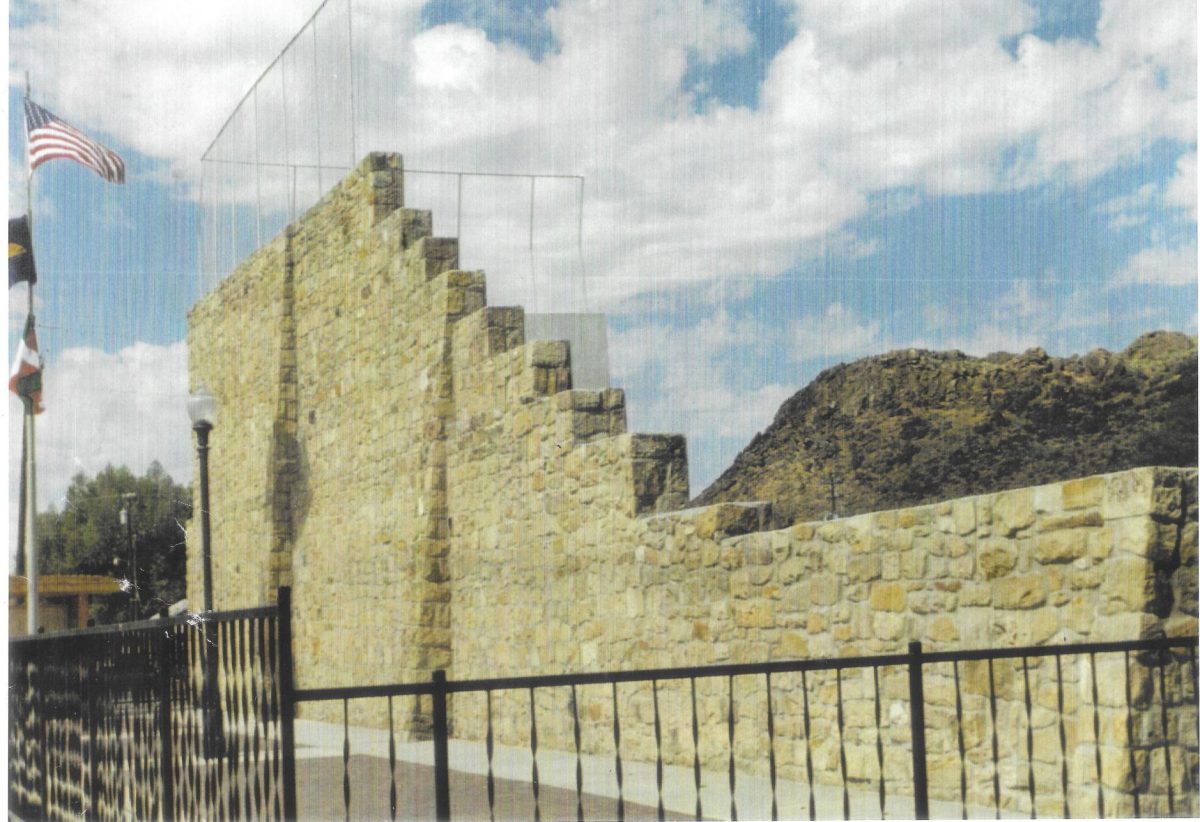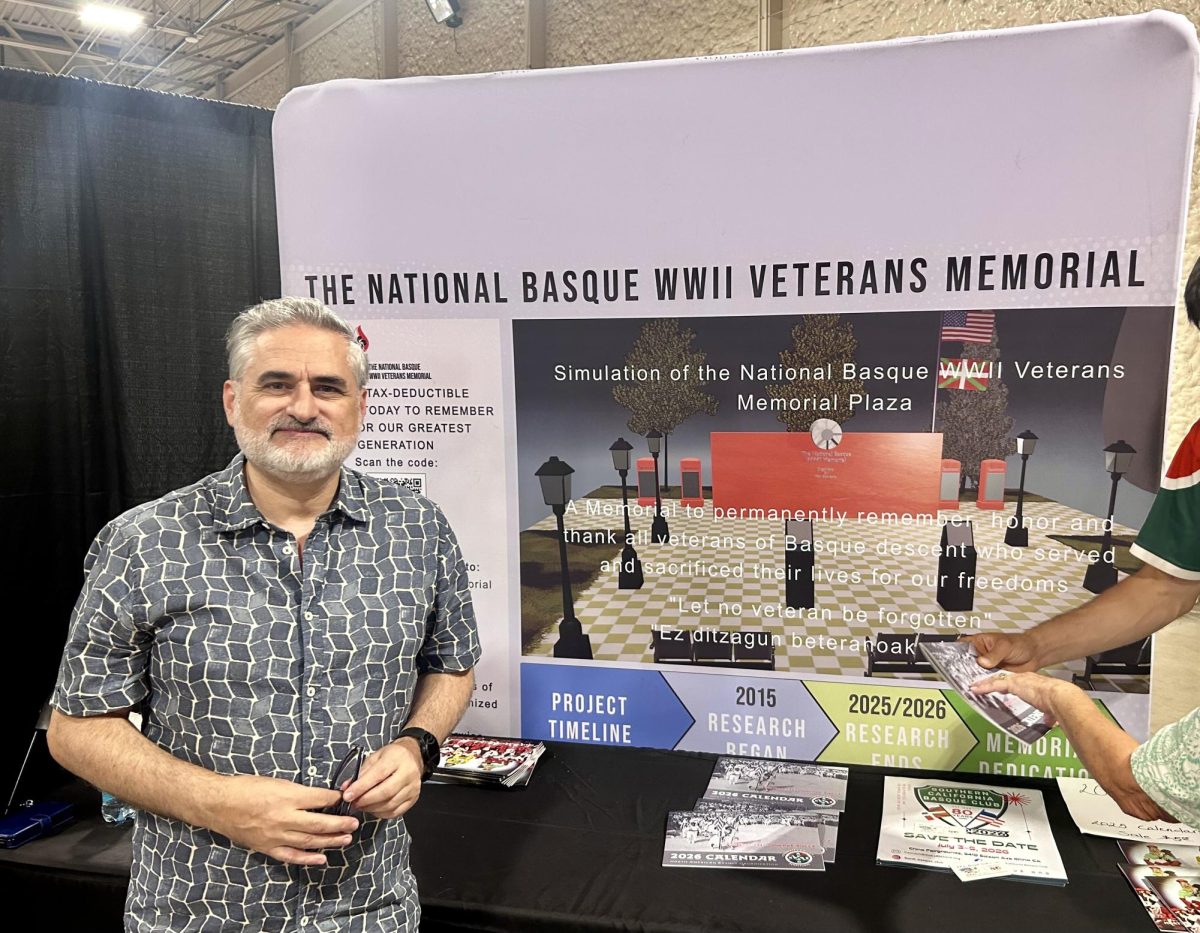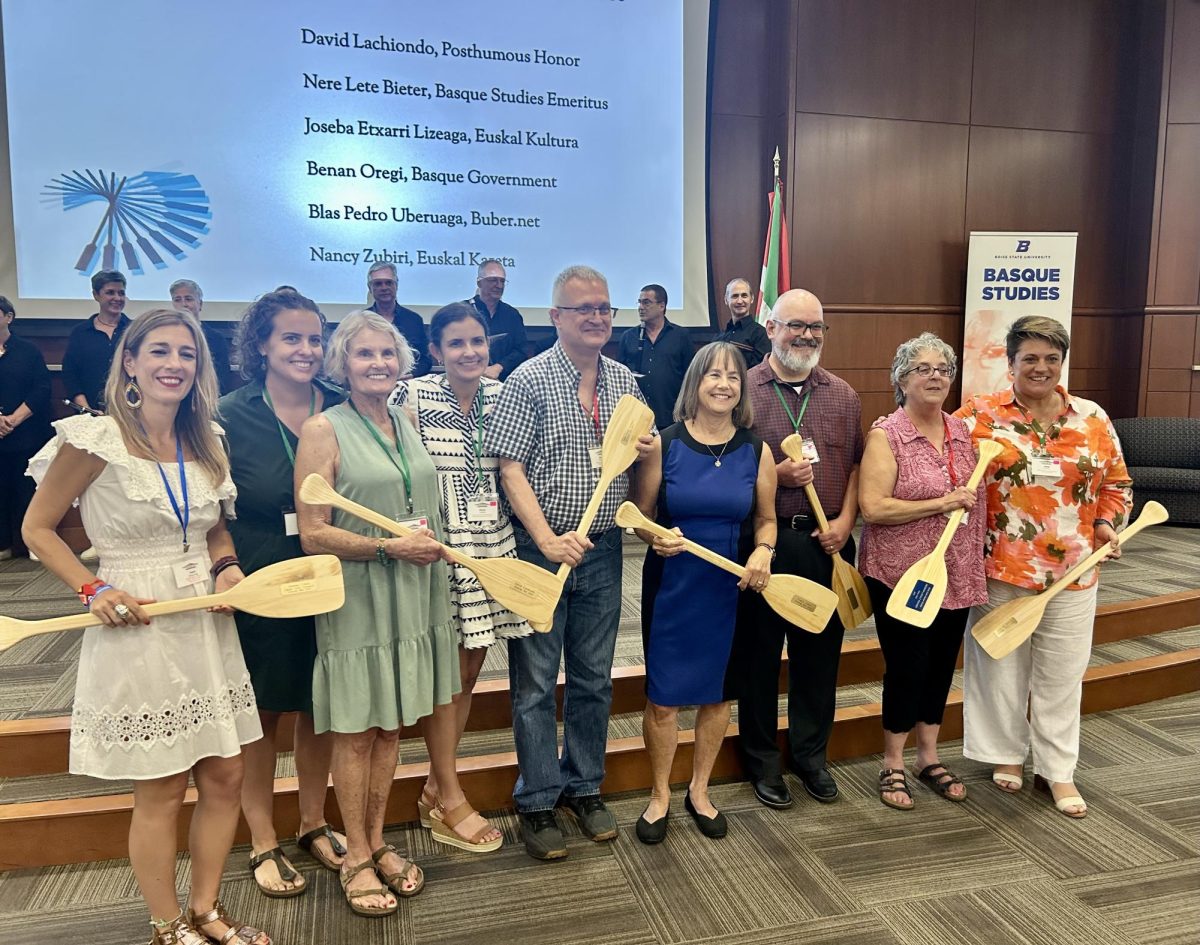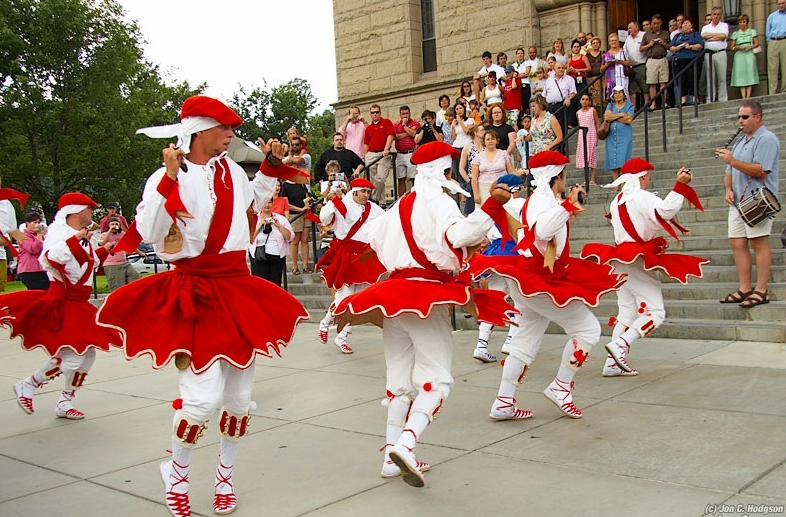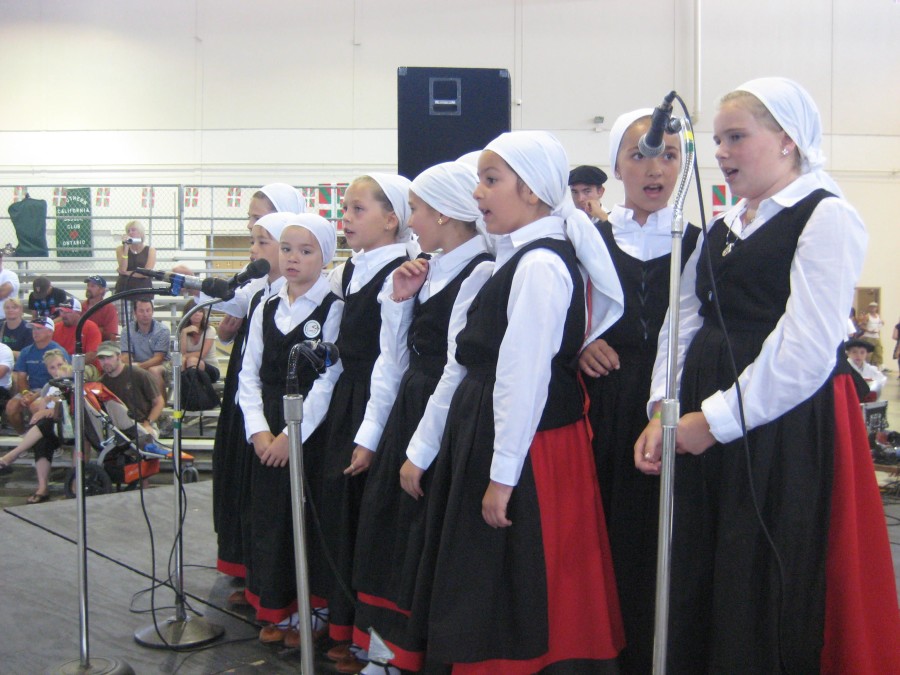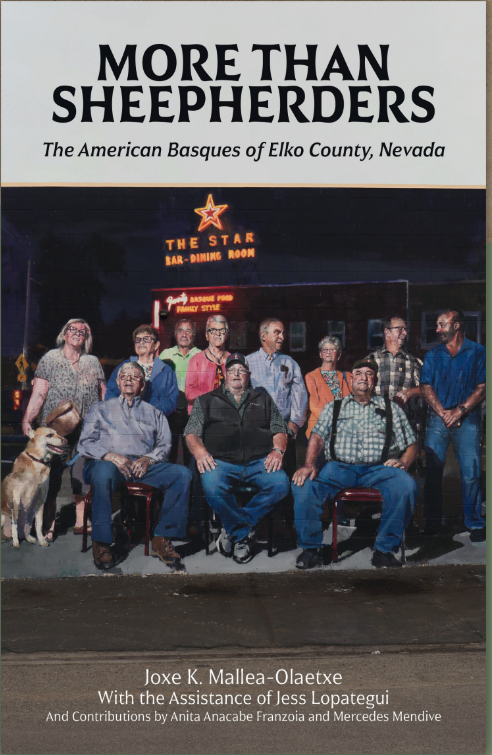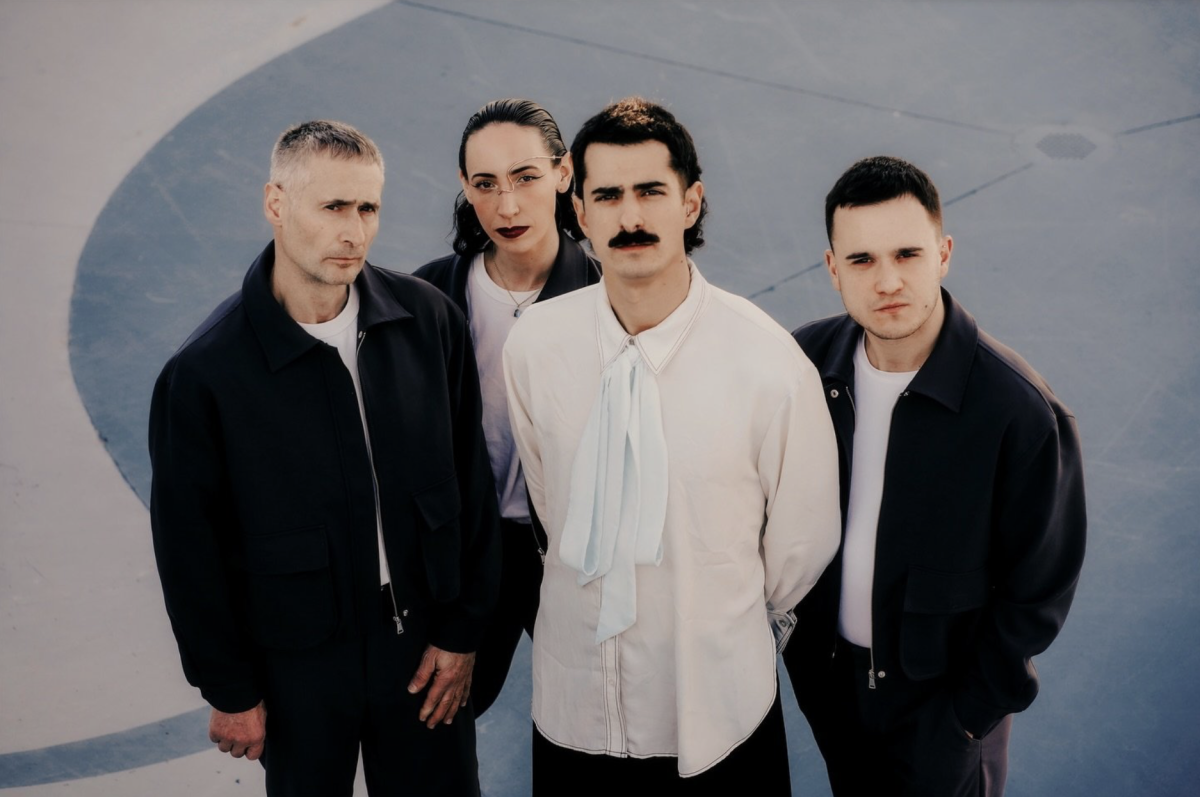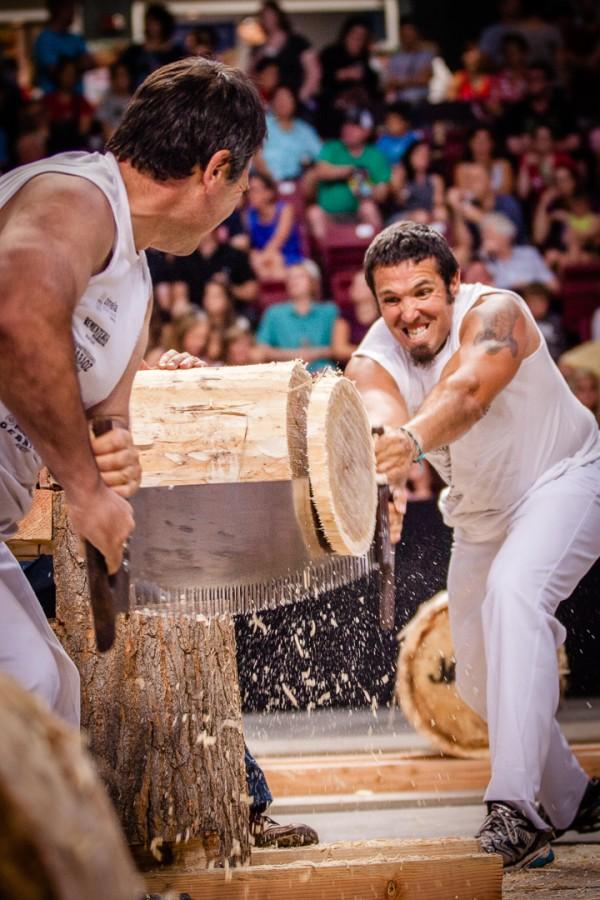Basque Country artist Gala Knorr’s first solo exhibit in 2023 “Soy Tu Huckleberry” reflected on the characters of the American West, including the Basque sheepherder. When the painter and researcher spent a month in Bakersfield, Calif. in April, she realized she was missing the other half of the Basque-American picture: the women.
“I wasn’t working with the full story. Women have been the backbone of the Basque community,” said Knorr, who was selected for the 2025 Frank Bidart Chair at Cal State Bakersfield. The immigrant women fulfilled, to some extent, the role of the mothers left behind and were also businesswomen and entrepreneurs, remarked Knorr during an interview with Euskal Kazeta.
“They created the physical spaces for everybody to gather,” said Knorr, pointing to the women’s work, running boardinghouses and restaurants and bringing other Basque women to the U.S. to help them. They cooked meals for the young hard-working men. They perpetuated the tradition of the Basque language. Some worked alongside their husbands, others worked alone.
Knorr decided the story of Basque women in the U.S. would be the focus of the creative work she will produce as a result of her fellowship.
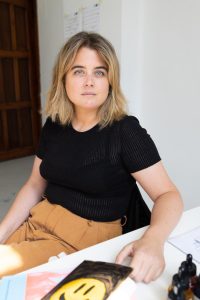
During Knorr’s fellowship in Bakersfield, she was welcomed by local Basques. who told her stories of their lives. She also enjoyed a warm reception from the family of Steven Gamboa, CSUB dean and director of the Institute for Basque Studies. She recalled a big dinner with his sisters, mother and their families. “I had access to intergenerational voices,” she said, noting that all those experiences informed her perspective about the Basque American diaspora.
The harder task for Knorr was obtaining visuals to inspire her art work. She points to specific projects she learned of during her trip that she can use for future work about Basque women.
She investigated a past exhibit on women by Boise’s Basque Museum “Inner Strength: Portraits of Basque Immigrant Women,” which includes photographs of 110 women by artist Peter Oberlindacher.
MORE STORIES about Past Fellows and the Institute of Basque Studies
She also found inspiration in the book “The Impact of Women in Basque Communities.” Published in 2024 by the Basque Educational Organization, the book is a compilation of stories written by community members about the Basque women in their lives. “It’s a window into their grandmas and great grandmas,” said Knorr, adding that she appreciates that a younger generation is creating an archive of previous Basque generations in the U.S.
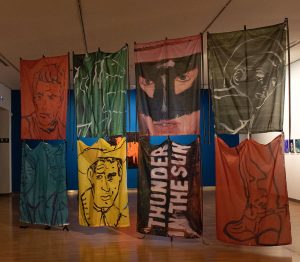
While she was in Bakersfield, the university was hosting an exhibit about Basque aspen carvings The Lonesome Trail: Arboglyphs and Sheepherders in the Far West. (It continues through August.) Even the arboglyphs may figure into Knorr’s work, because she found the herders’ portrayals of longing and desire impactful. “Women were presented as goddesses,” she said.
Knorr, who lives in Vitoria-Gasteiz, is planning an art exhibit — perhaps paintings hanging on a wall or perhaps drawings on actual walls that together create a bigger space — that she wants to eventually display somewhere in Bakersfield.
Before she arrived, Knorr said she worried she might face difficulties in the U.S. because she doesn’t have a driver’s license. During the month in which she also visited San Francisco and Los Angeles, she got around via train, airplane, bus and Uber. Gamboa’s family also helped resolve her problem, inviting her and driving her to many of their own activities. “Steven and his family were so wonderful,” she said.

